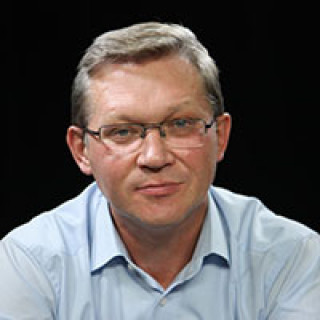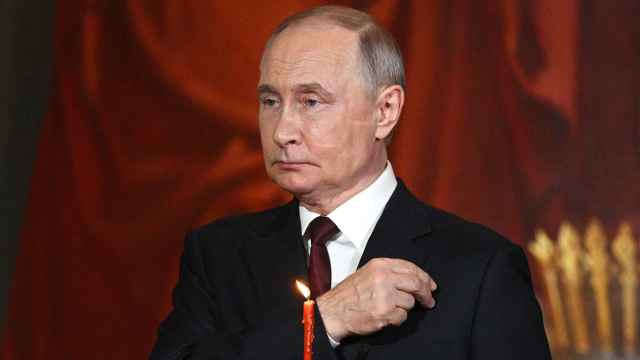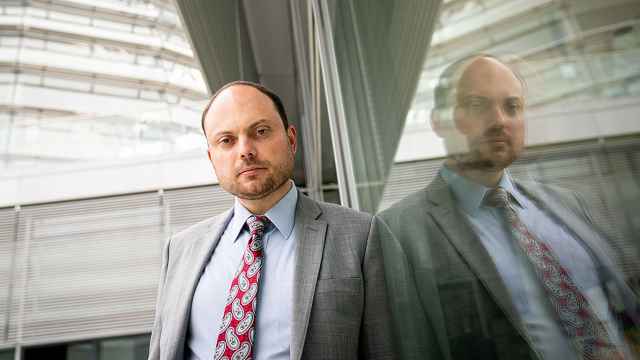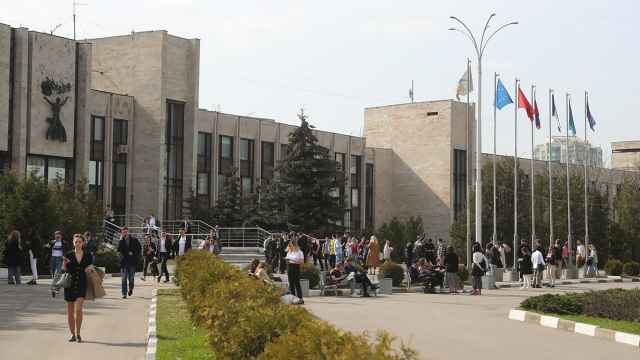Just over 110 years ago, on Jan. 9, 1905, a huge throng of factory workers from all over St. Petersburg converged on the Winter Palace. Father Georgy Gapon, who led the Assembly of Russian Factory and Mill Workers of St. Petersburg, an organization that was loyal to the tsar and controlled by the country's police — stood at the head of the rally.
The cause of the demonstration was the earlier firing of four workers from the Putilov Ironworks and the mass worker strikes it sparked throughout the capital.
The workers approached the tsar's palace carrying his portrait, church icons and banners. They wanted to personally present the tsar with a loyal petition calling for, among other things, a system of representation for the people, political freedom and improvements in living and working conditions for workers and peasants.
Aware of the impending demonstration, the tsar left St. Petersburg for Tsarskoye Selo, leaving troops to guard the city. When the demonstrators approached the streets cordoned off by the troops, the soldiers opened fire. The shooting continued all day in different parts of the city, ultimately leaving 200 people dead and 800 wounded.
History remembers Jan. 9, 1905, as Bloody Sunday, the first in a series of events leading to the First Russian Revolution of 1905-07.
The shooting deaths of peaceful workers in St. Petersburg stunned the Russian people. The dead were not liberals, socialists, opposition members or terrorists, but ordinary people who were mostly loyal to the autocracy.
The shooting forever shattered the centuries-old connection between the Romanov Dynasty and the people.
The great historian Vasily Klyuchevsky publicly stated during those days that authorities who would shoot their own people were doomed, that Tsar Nicholas II was the final monarch and that his son and heir, Alexei, would never reign. Twelve years later, that prediction proved true.
The decision to open fire on peaceful demonstrators — moreover, those loyal to the tsar — was the result of the growing incompetence shown by the regime of Nicholas II. He held reactionary views, was inclined to mysticism, often indecisive and strongly influenced by his extremely incompetent inner circle. He consistently rejected even the most moderate initiatives for reforming the autocracy, whether they came from opposition members or his own ministers.
Even as Russia was rapidly developing and becoming increasing modern, and as, in the words of Peter Struve, "society outgrew the authorities," the tsar attempted to preserve unchanged the absolute monarchy of the 18th century, denying his subjects all political rights, even the most moderate.
The First Russian Revolution began within the context of a general decline in the image of the tsar and his government, following the major defeats of the army and navy in the Far East during the Russo-Japanese War.
Those defeats came wholly unexpectedly for all of Russian society that firmly believed in the invincibility of Russia's armed forces and for the tsar himself, who had disdainfully referred to the Japanese as "monkeys."
The famous Port Arthur fortress capitulated on Dec. 17, 1904, enabling the Japanese to capture 23,000 lower ranking Russian soldiers, 747 officers and the weapons and ammunition of a major garrison. The Japanese also waged successful offensives on other parts of the front, and yet Nicholas II continued to misgauge the situation and Russia's strategic prospects, overstating in his manifesto of early 1905 that Russia was fighting a war for "dominance" of the Pacific Ocean.
After suffering heavy losses at Mukden and the Tsushima Strait in 1905, Russia ultimately signed a peace treaty at the Portsmouth Naval Shipyard in the United States in which it gave Japan the southern part of Sakhalin Island, agreed to rent Japan the Liaodong Peninsula, Port Arthur and Dalny and made a number of other painful concessions.
If other influential governments wanting to maintain a balance of power in the region had not interceded, Russia could have lost even more. The stunning defeat in the war with Japan caused mass demonstrations, strikes and riots across Russia.
By the beginning of the 20th century, a number of dire social and political problems in Russia required comprehensive and systematic solutions. The most serious included the peasant question and the issue of land, the labor problem, the national question, the political system and the relationship between government and society.
On all of these critical issues, Nicholas II consistently either refused to accept any systemic reform solutions offered by his key ministers — primarily Count Sergei Witte — and members of the higher imperial aristocracy, or else he made reactionary and anti-reform decisions that further exacerbated the conflicts and temporarily forced them inward.
Reform-minded ministers repeatedly offered the tsar competent and modern initiatives that would, for example, introduce a hamlet form of land ownership, abolish peasant communities, develop industry, resolve the national question, implement a more balanced foreign policy and make the transition to a constitutional monarchy with the introduction of freedoms and representation for the people.
However, the monarch invariably rejected those initiatives, ignored reality and chose instead to perpetuate the conflicts, repression and use of police force.
The inability of the last Romanov to face the challenges of his time and his unwillingness to accept reality eventually caused two Russian revolutions and the fall of the monarchy and dynasty.
Vladimir Ryzhkov, a State Duma deputy from 1993 to 2007, is a political analyst.
A Message from The Moscow Times:
Dear readers,
We are facing unprecedented challenges. Russia's Prosecutor General's Office has designated The Moscow Times as an "undesirable" organization, criminalizing our work and putting our staff at risk of prosecution. This follows our earlier unjust labeling as a "foreign agent."
These actions are direct attempts to silence independent journalism in Russia. The authorities claim our work "discredits the decisions of the Russian leadership." We see things differently: we strive to provide accurate, unbiased reporting on Russia.
We, the journalists of The Moscow Times, refuse to be silenced. But to continue our work, we need your help.
Your support, no matter how small, makes a world of difference. If you can, please support us monthly starting from just $2. It's quick to set up, and every contribution makes a significant impact.
By supporting The Moscow Times, you're defending open, independent journalism in the face of repression. Thank you for standing with us.
Remind me later.








